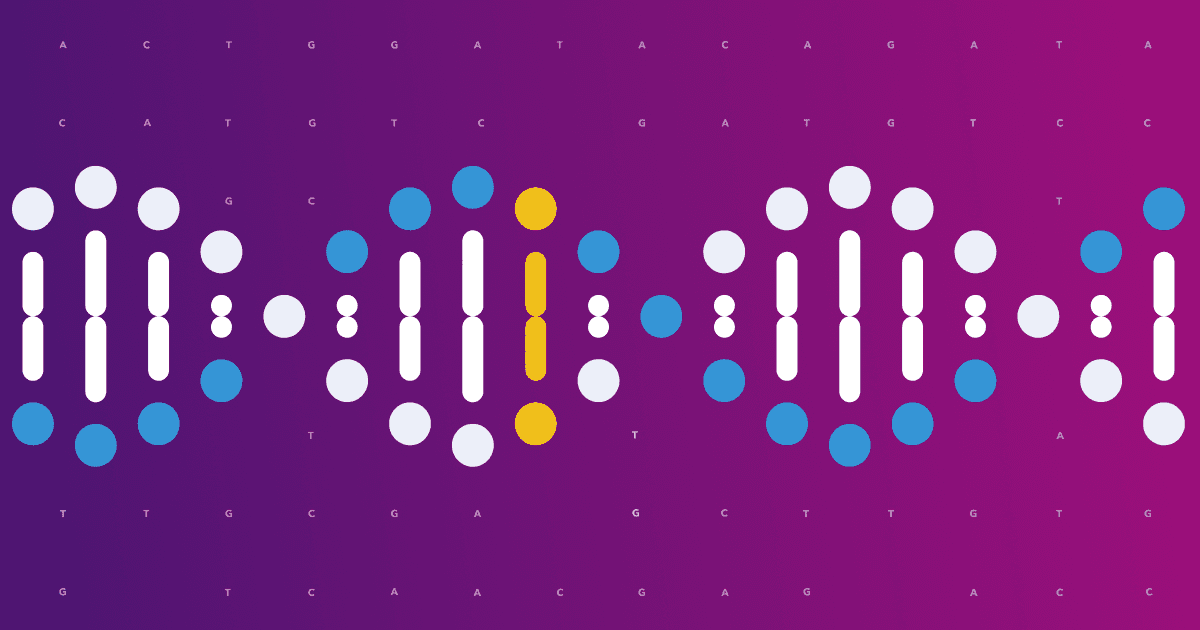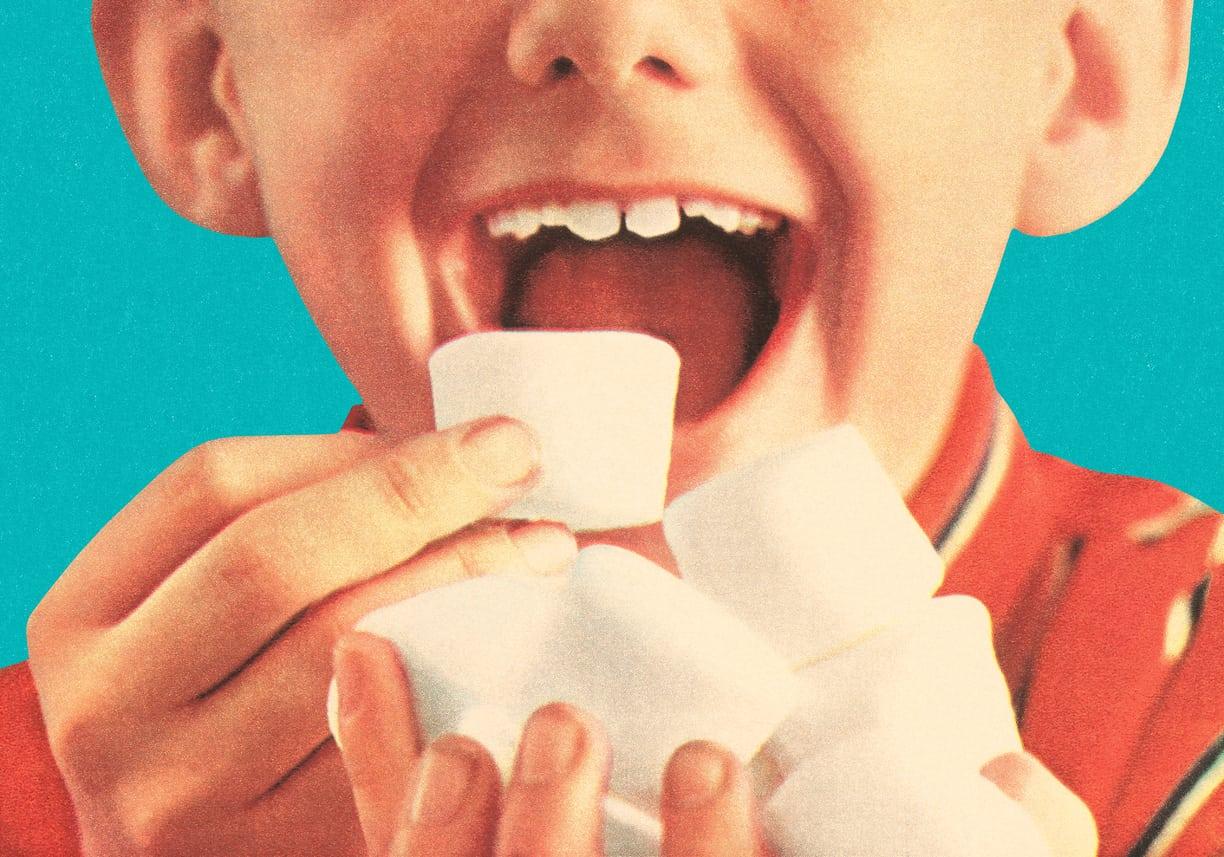
Nobody likes that sick feeling you get in your stomach when you watch a young college athlete hit the ground in pain and you wonder if his or her career is over before it even started.
And who can forget how Bo Jackson, Steve Young and Dikembe Mutombo, all superstar professionals, saw their illustrious careers end as a result of sports-related injuries. Even for us amateurs who have a lot less riding on our performance, missing a game or workout because the old knee is acting up again is a total bummer.
The Genetics of Sports Injuries
23andMe would like to learn more about how genetic factors might predispose athletes of all skill levels to certain sports injuries and you can help.
Injuries can have a huge impact on a person’s life. For example, more than half of professional American football players retire because of an injury. One fifth of National Football League wide receivers and running backs who suffered anterior cruciate ligament injuries (ACL, a knee ligament that joins the upper leg bone to one of the lower leg bones) never played another NFL game.
Let’s Look at Some Numbers
While getting injured is a fact of life in professional sports, it’s no less of an issue for the non-professional weekend warrior.
About 40% of people over the age of 50 have rotator cuff tears, which can cause shoulder pain. Every year, there are 200,000 ACL injuries, and 100,000 surgeries to try to repair those ACL tears and ruptures.
To add insult to injury, having an ACL tear puts you at higher risk for eventually developing knee osteoarthritis. This type of problem isn’t restricted to athletes either. Playing sports like golf or tennis can cause tendinitis, but so can everyday repetitive activities like raking or painting.
The types of activities you’re involved in are obviously a huge factor in your risk for a sports-related injury, but there is evidence that genes play a role as well. People with a parent, sibling, or child who had an ACL tear are much more likely to suffer a tear themselves.
Some Injuries Run in Families
There’s also likely to be a familial predisposition towards rotator cuff tears.
Knowing ahead of time what injuries you are prone to, either based on the activities you do, or what you’re genetically predisposed to, could be a key to prevention. Those who are at risk for ACL tears can follow an ACL conditioning program, while strengthening and maintaining the flexibility of the muscles in your shoulders can help prevent rotator cuff injuries. For those who are at risk of tendinitis, taking things slowly and limiting repetitive activities may help prevent inflammation or irritation of the tendon.
There’s some tantalizing data to suggest that our genes can tell us something about our risk for sports injuries, but frankly, very little is known. 23andMe wants to change that, and it’s easy for you to get involved — all you have to do is take our Sports Injuries survey. By making new discoveries, we can help everyone stay in the game.



